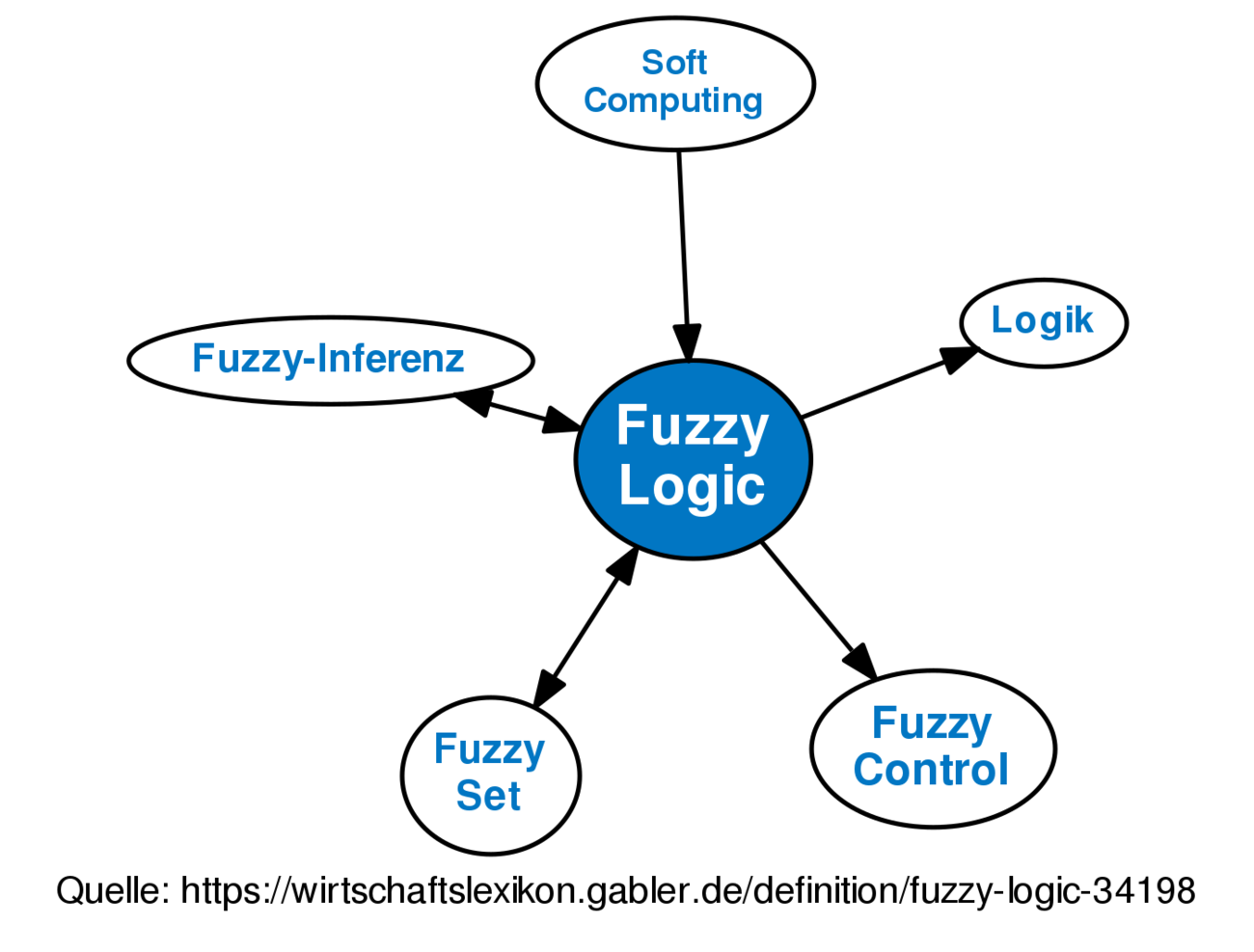
#Fuze login Pc
Most PC games have a V-Sync option in their video settings, and it may be enabled by default. Not all monitors are compatible with Adaptive Sync, however, so check manufacturer specifications to see if it’s supported. Newer solutions like Intel® Adaptive Sync can eliminate screen tearing without noticeably increasing input lag.

While many games today still utilize and benefit from V-Sync, it’s an older technology. There are a few things that you can do to fix this. This is one of the most common causes of input lag. If you send commands faster than the display refreshes, you’ll experience a noticeable delay. However, V-Sync doesn’t impact how quickly your CPU processes input commands. V-Sync fixes this by forcing the engine to synchronize with the monitor’s refresh rate. If your game engine sends display frames to your monitor too quickly, you may see horizontal bands cutting through the image periodically. It’s also a common culprit when it comes to identifying sources of input lag. V-Sync is a technology that prevents screen tearing. Let’s walk through some steps you can take to ensure your setup is input lag-proof. If you’re experiencing input lag in the games you play, there are a variety of things you can do to determine the issue. More often, the delay occurs because a game engine is processing commands faster than your monitor can display their results. It’s rare for hardware keyboards and controllers to malfunction, but it can’t be ruled out. If a display’s input lag exceeds 70 milliseconds, some tech reviewers will classify its performance as poor. Beyond 50 milliseconds, the delay becomes more noticeable. Casual gamers and enthusiasts are usually comfortable with latency under 40 milliseconds.
#Fuze login professional
Professional competitive gamers try to keep input lag under 15 milliseconds. Note that this is different from network lag and other connectivity issues gamers often face online.
#Fuze login software
Input lag is connected to your specific hardware and software configuration, so it can happen in offline, single-player environments as well as multiplayer ones. Each of these steps takes a certain number of milliseconds to complete.

When you push a button, your input device sends a signal to your PC, which then processes it and sends the result to your display. All you have to do is navigate to and sign in with your Fuze credentials.Įxpand a section below to view a detailed comparison of features.Every digital device in your setup adds a certain amount of latency when processing data. Additionally, both Fuze Desktop and Fuze Web are cloud-based, so all of your conversations, calls, contacts, and meeting resources are available whenever you need them.įuze Desktop is installed locally on Windows or macOS, but Fuze Web is the web-based version of Fuze that can be used anywhere you have a Google Chrome™ or Microsoft Edge™ browser and internet access. Fuze Desktop vs Fuze Webįuze Desktop and Fuze Web share nearly all of the same unified communication features. To learn more about Fuze products, please refer to Quick Reference Guides. To help you get started, here’s a brief overview of the Fuze Desktop interface. Whether you’re using Fuze Desktop, Fuze Web, or Fuze Mobile, you’ll likely find it easy to chat or meet. Fuze powers business conversations through a secure and reliable global platform that unifies voice, video, and messaging into a single application.įuze products are designed to be consistent and intuitive so that you can let work flow. Welcome, and thanks for using Fuze!įuze is a unified communications platform that is designed for the way people work.
#Fuze login install
Looking to install Fuze Desktop or Fuze Mobile? Please refer to Installing Fuze.


 0 kommentar(er)
0 kommentar(er)
